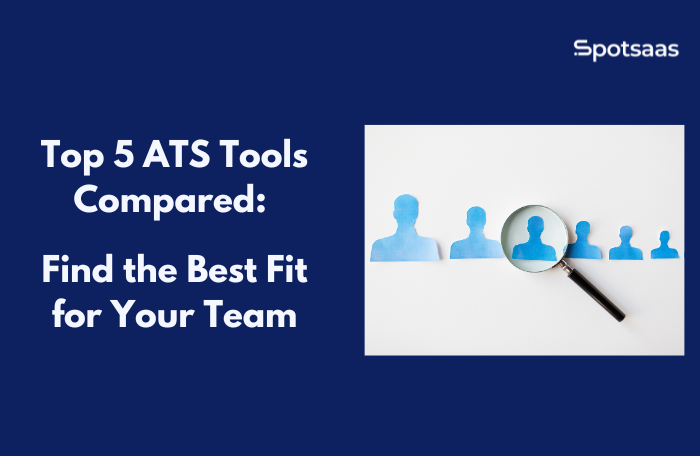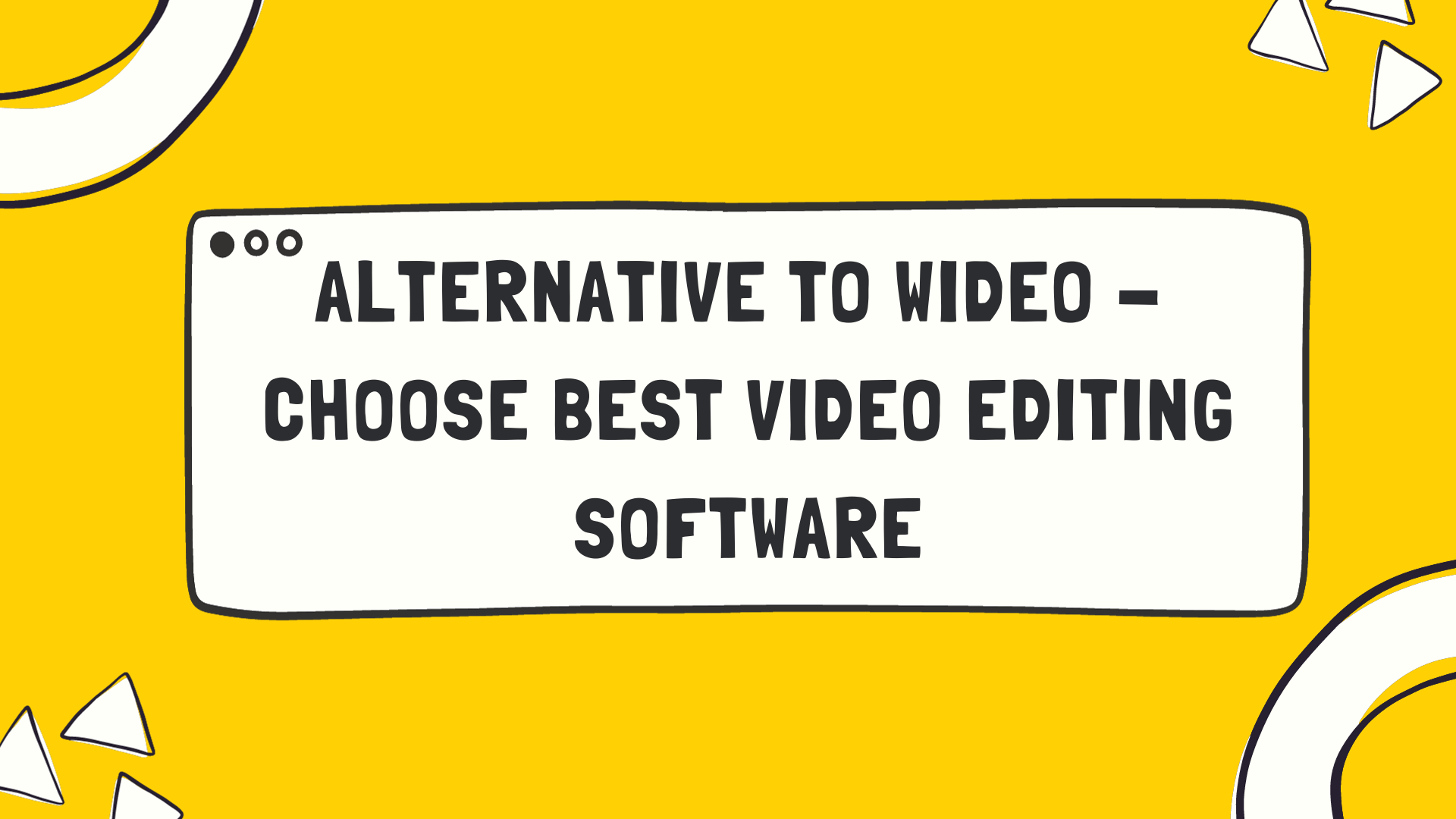Applicant Tracking System (ATS) is a recruitment software that helps hiring teams manage the entire process, from collecting applications to scheduling interviews and making offers. It replaces messy spreadsheets and endless email threads with a centralized system that keeps everything organized.
With talent competition at an all-time high, having a reliable ATS can make a big difference. It not only saves time but also improves how teams collaborate, evaluate candidates, and move them through the hiring pipeline.
In this blog, we’ll compare five well-known ATS platforms to help you choose one that fits your hiring goals. Whether you’re scaling your team or upgrading your current tool, this guide will give you a clear breakdown of what each system offers.
What This Blog Includes
If you’re exploring Applicant Tracking Systems for your hiring stack, this guide covers everything you need to make an informed decision. Here’s what you’ll find inside:
- A quick overview of what an ATS is and why it matters
- Who this blog is meant for—HR managers, recruiters, and growing teams
- Key features to look for in an ATS before making a choice
- Detailed breakdowns of the 5 leading ATS tools with pricing, pros, and use cases
- A visual comparison table for easy reference
- Guidance on how to choose the right ATS based on your team’s size and growth stage
- Final thoughts and recommendations tailored to different hiring needs
This guide is designed to help you compare top platforms side by side and choose the one that fits your hiring goals, whether you’re just getting started or scaling fast.
Who Should Read This?
This blog is built for hiring teams and decision-makers who want to streamline the way they recruit.
- HR managers and recruiters who need a better way to track applicants, collaborate with team members, and reduce time-to-hire.
- Startups that are scaling fast need a system to manage job postings, candidate pipelines, and feedback loops more efficiently.
- Small and mid-sized businesses (SMBs) are exploring their first ATS or looking to upgrade from basic tools like email or spreadsheets.
- Enterprises are looking to replace legacy systems with more agile, integration-friendly platforms that support complex hiring needs.
Key Features to Look For in an ATS
Choosing an ATS isn’t just about checking boxes—it’s about finding a platform that supports your hiring goals, team structure, and the pace at which you’re growing. Here are some of the most important features to look for before making a decision:
| Feature | Description |
|---|---|
| 📄 Resume Parsing & Ranking | Automatically extracts resume data and highlights top candidates based on job fit. |
| 📢 Multi-Board Job Posting | Post jobs to LinkedIn, Indeed, and niche boards from one dashboard. |
| 📅 Interview Scheduling | Syncs with calendars and allows candidates to book time slots, reducing manual coordination. |
| 🔄 Custom Hiring Pipelines | Define and adjust stages like Applied, Screening, and Offer to suit your hiring flow. |
| 🤝 Team Collaboration | Share feedback, tag team members, and use scorecards to streamline decisions. |
| 📊 Reporting & Analytics | Track metrics such as time-to-fill, drop-off rate, and source performance. |
| 🔌 Integrations | Connect with tools like Google Workspace, Slack, HRIS systems, and video platforms. |
Resume Parsing and Candidate Ranking
Manually reviewing hundreds of resumes can be time-consuming and inconsistent. A solid ATS should automatically extract information from resumes, such as skills, job titles, and education, and organize it in a structured format.
This allows the system to rank or score candidates based on how well they match your job criteria. With better visibility into top matches, recruiters can spend more time engaging with the right candidates, not sorting through unqualified ones.
Job Posting to Multiple Boards
Posting the same job on multiple platforms is repetitive and inefficient. A good ATS should let you publish openings across multiple job boards from one dashboard.
This includes major boards like Indeed, LinkedIn, and ZipRecruiter, as well as industry-specific platforms. Some systems also include a branded careers page, giving you a centralized place to showcase open roles and attract candidates directly.
Interview Scheduling
Interview scheduling often leads to unnecessary back-and-forth emails. Many ATS platforms now include built-in scheduling tools that sync with calendars like Google Calendar or Microsoft Outlook.
Some even allow candidates to pick from available time slots based on the interviewer’s availability, reducing delays and keeping the process moving smoothly.
Customizable Hiring Pipelines
Every company—and every role—has a slightly different hiring process. That’s why having a customizable pipeline is so helpful. You should be able to define the stages of your process (e.g., Applied, Screening, Interview, Offer) and move candidates between them with ease.
This flexibility allows your team to track progress, avoid confusion, and maintain a consistent experience for each applicant.
Team Collaboration Tools
Hiring is rarely a solo effort. Your ATS should support real-time collaboration across recruiters, hiring managers, and stakeholders. Look for features like shared notes, comments on candidate profiles, and scorecards to evaluate interviews.
These tools help your team align faster and make well-informed decisions, especially when you’re hiring remotely or across multiple departments.
Reporting and Analytics
Data helps improve everything—from job descriptions to sourcing strategies. A strong ATS provides insights into key metrics like time-to-fill, applicant drop-off, cost per hire, and conversion rates by channel.
These reports are valuable for tracking what’s working, where candidates are dropping off, and how your team can improve efficiency without sacrificing quality.
Integrations
No tool works in isolation. The best ATS platforms connect easily with the tools your team already uses—HR software, email clients, calendars, video interviewing platforms, and messaging apps like Slack.
This ensures you’re not duplicating work or constantly switching between platforms, helping your team stay productive and connected.
ATS Tools Breakdown
1. Workable

Workable
- Spot Score 9.6
- Best For: Small to Mid-Sized Business
- Pricing: Starts from 169/month
Overview
Workable is a powerful applicant tracking system designed to support growing teams with global hiring needs. From AI-powered sourcing to one-click job board posting and automated scheduling, Workable helps companies streamline recruitment while keeping hiring teams connected—no matter where they’re working from.
With an intuitive dashboard, structured interview kits, and access to over 200+ job boards, Workable gives recruiters and hiring managers the tools to hire faster and more effectively. The platform also offers built-in video interviewing, calendar sync with timezone detection, and strong integrations with collaboration tools like Slack and Microsoft Teams.

Key Features:
- One-click job posting to over 200 job boards.
- AI-powered candidate sourcing and recommendations.
- Customizable careers pages and application forms.
- Integrated video interviewing and assessment tools.
- Collaborative hiring pipelines with team feedback mechanisms.
Pricing:
- Starter Plan: $169/month for up to 20 employees.
- Standard Plan: Pricing varies based on company size and needs.
- Free 15-day trial available.
Pros & Cons
| Pros | Cons |
|---|---|
|
|
Ideal For: Small to mid-sized businesses seeking a scalable and feature-rich ATS to enhance their hiring processes.
2. Breezy HR

Overview: Breezy HR is a modern ATS that emphasizes visual pipelines and automation to simplify hiring workflows. It’s designed to cater to businesses aiming for a collaborative and efficient recruitment process.

Key Features:
- Drag-and-drop candidate pipelines for easy tracking.
- Automated interview scheduling and reminders.
- Customizable career sites with branding options.
- Integrated video interviewing and candidate assessments.
- Real-time analytics and reporting dashboards.
Pricing:
- Bootstrap Plan: Free for one active position.
- Startup Plan: $157/month.
- Growth Plan: $273/month.
- Business Plan: $439/month.
- 14-day free trial available.
Pros & Cons
| Pros | Cons |
|---|---|
|
|
Ideal For: Small to medium-sized businesses and remote teams looking for a visually intuitive and collaborative ATS.
3. JazzHR
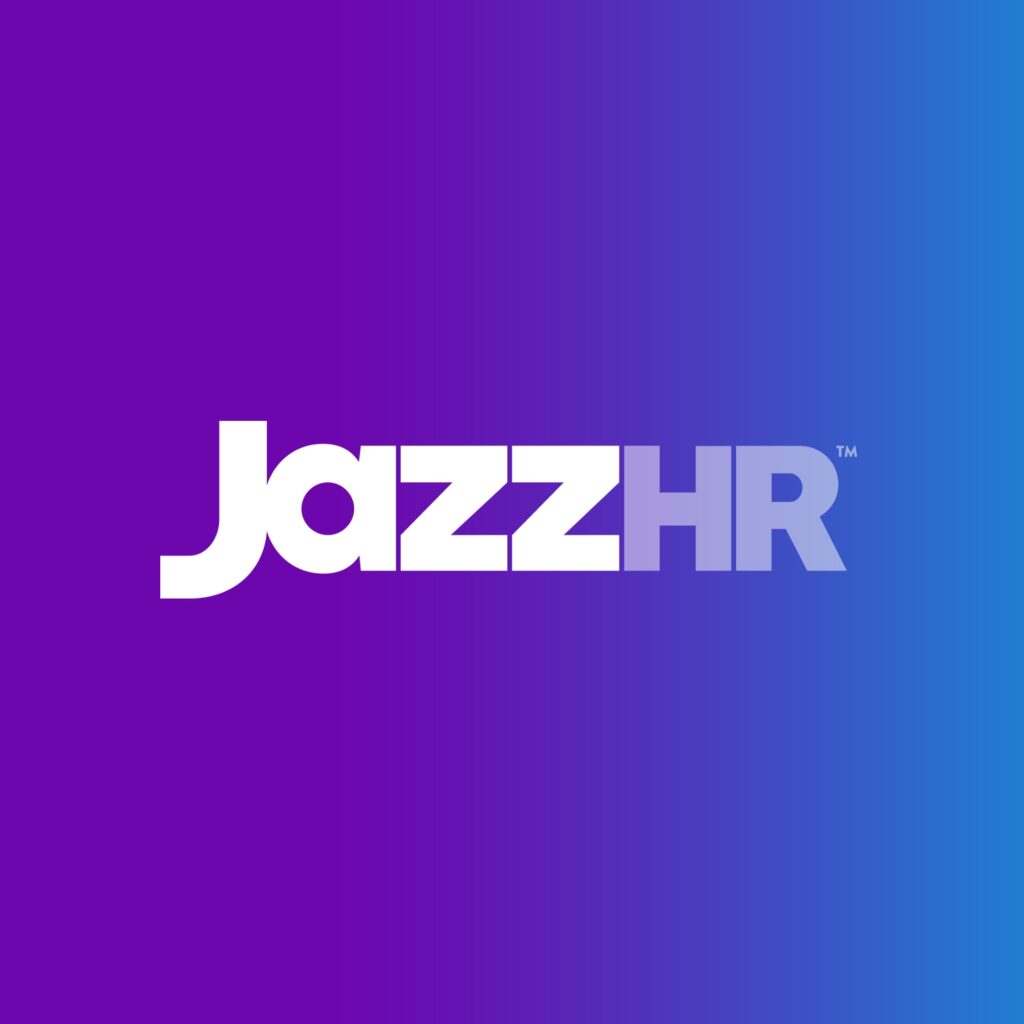
Overview: JazzHR offers a customizable and affordable ATS tailored for small to mid-sized businesses. It focuses on streamlining the recruitment process with tools that enhance collaboration and efficiency.
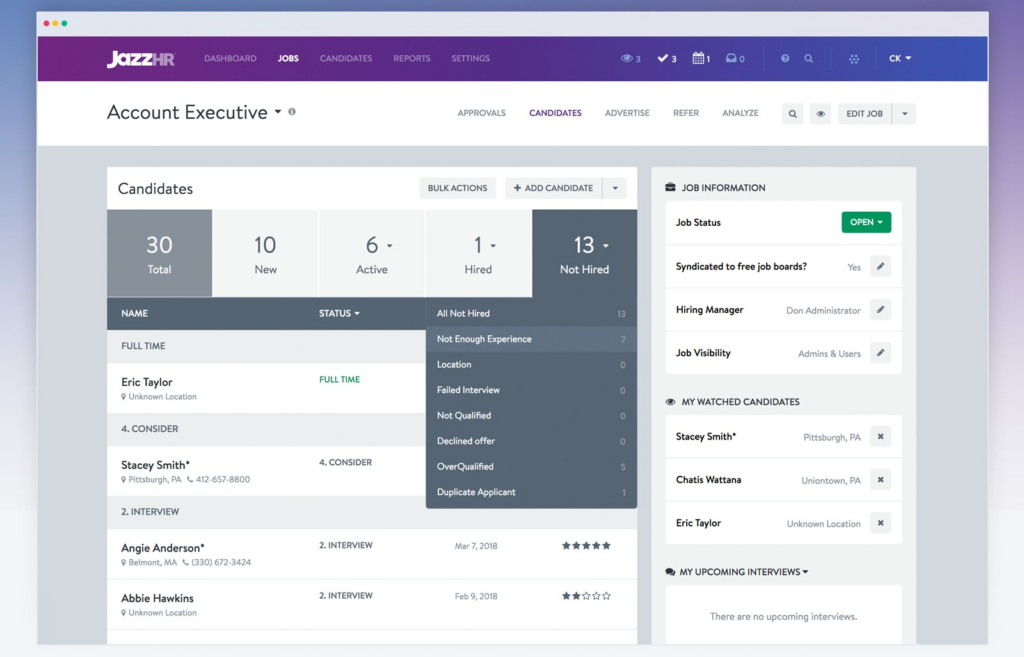
Key Features:
- Unlimited users across all plans.
- Customizable workflows and interview guides.
- Integrated offer letter templates with e-signatures.
- Job syndication to multiple free and premium job boards.
- Advanced reporting and analytics tools.
Pricing:
- Hero Plan: $75/month (billed annually) for up to 3 active jobs.
- Plus Plan: $269/month (billed annually) with additional features.
- Pro Plan: $420/month (billed annually) for high-volume hiring needs.
- 21-day free trial available.
Pros & Cons
| Pros | Cons |
|---|---|
|
|
Ideal For: Small businesses and startups seeking an affordable, customizable ATS that supports collaborative hiring and offers scalability as the organization expands.
4. Greenhouse

Overview: Greenhouse is a comprehensive recruiting platform designed for structured hiring processes. It offers robust tools for candidate management, team collaboration, and data-driven decision-making.

Key Features:
- Structured hiring workflows with customizable interview kits.
- Advanced analytics and reporting dashboards.
- Robust integration ecosystem with HRIS, onboarding, and productivity tools.
- Features supporting diversity, equity, and inclusion (DE&I) initiatives.
- Automated scheduling and candidate communication tools.
Pricing:
- Custom pricing based on company size and hiring needs.
- Demo available upon request.
Pros & Cons
| Pros | Cons |
|---|---|
|
|
Ideal For: Mid-sized to large enterprises seeking a structured and data-driven approach to recruitment.
5. Lever
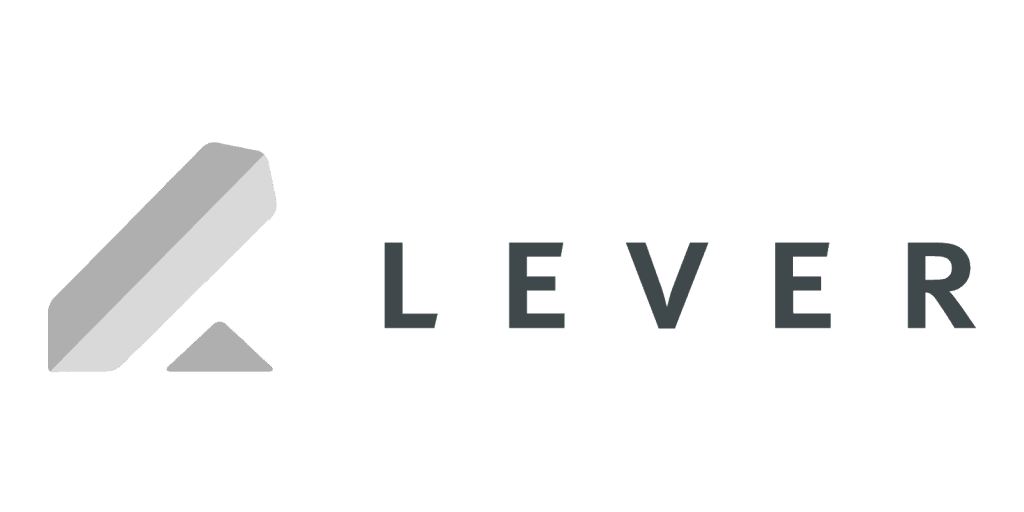
Overview: Lever is a comprehensive talent acquisition platform that combines applicant tracking with candidate relationship management. Designed to streamline the hiring process, it offers tools for sourcing, nurturing, and hiring top talent efficiently.
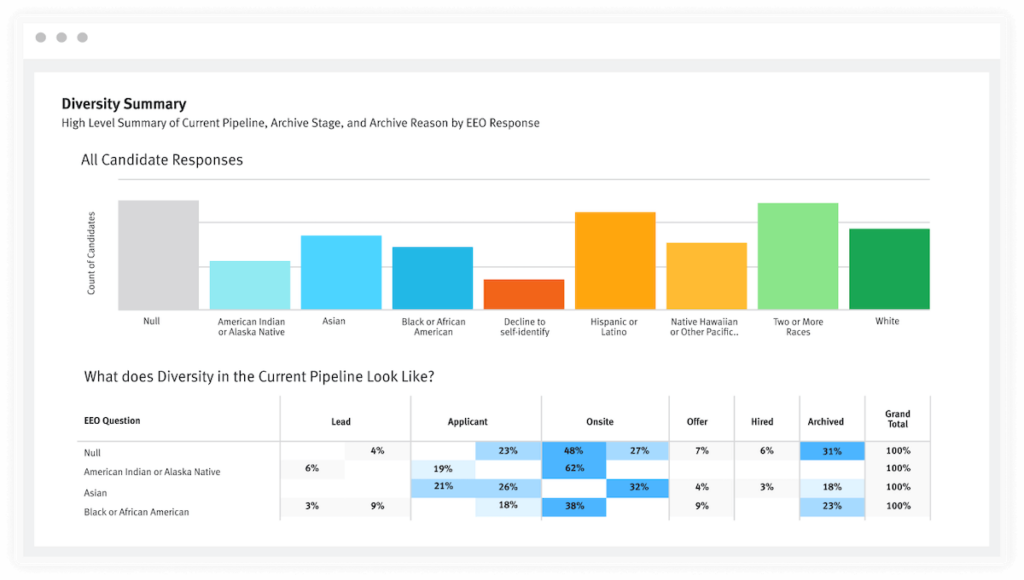
Key Features:
- Integrated CRM and ATS functionalities for holistic candidate management.
- Automated email workflows and reminders to enhance communication.
- Custom interview plans and role-specific scorecards for structured evaluations.
- Candidate experience tracking and NPS surveys to gather feedback.
- Advanced analytics dashboards to monitor hiring metrics and source effectiveness.
Pricing:
- Pricing is customized based on company size and requirements.
- Estimates range from $6,720 to $44,261 per year, with a median of $15,351.
- No free trial is available.
Pros & Cons
| Pros | Cons |
|---|---|
|
|
Ideal For: Mid-sized to large enterprises seeking a scalable and structured hiring platform that combines applicant tracking with candidate relationship management.
Quick Comparison Table
| Tool | Best For | Starting Price | Key Feature Highlight | Free Trial |
|---|---|---|---|---|
| Workable | SMBs and scaling teams | $169/month | AI sourcing + 200+ job boards | ✅ 15-day trial |
| Breezy HR | Remote teams & SMBs | Free, paid starts at $157/month | Visual hiring pipeline + automation | ✅ 14-day trial |
| JazzHR | Small businesses & startups | $75/month | Unlimited users + customizable workflows | ✅ 21-day trial |
| Greenhouse | Mid-to-large enterprises | Custom pricing | Structured hiring + DEI tools | ❌ Demo only |
| Lever | Enterprises with pipeline hiring | Custom pricing | Combined ATS + CRM platform | ❌ Demo only |
How to Choose the Right ATS
The best Applicant Tracking System is the one that fits your team’s size, hiring goals, and long-term plans. Here’s a simple way to decide based on where your business stands today:
For Early-Stage Startups
Startups often have limited resources and a lean team. At this stage, it’s important to keep things simple and cost-effective.
Look for an ATS that:
- Offers a free or affordable starter plan
- It is easy to set up without technical support
- Handles basic tasks like job posting, resume tracking, and interview scheduling
Tip: JazzHR or Breezy HR’s free plan can be a great starting point if you’re testing out your first ATS.
For Fast-Scaling Teams
As your team grows, hiring becomes more frequent and more complex. You’ll need tools that help your team move quickly and stay in sync.
Look for an ATS that:
- Supports team collaboration and shared feedback
- Offers automation for emails, tasks, and interview scheduling
- Allows customization of hiring stages for different roles
Recommended: Workable and Lever are strong options here with built-in automation and team collaboration features.
For Enterprise Hiring
Large companies hiring across departments or regions need more control and structure. Compliance, consistency, and integration with other HR systems are essential.
Look for an ATS that:
- Supports structured hiring workflows and role-based permissions
- Integrates well with HRIS, onboarding, and communication tools
- Offers advanced reporting and audit capabilities
For Enterprises: Greenhouse and Lever are ideal for managing complex, high-volume hiring across departments or regions.
Common Mistakes to Avoid When Choosing an ATS
Picking the right Applicant Tracking System can transform how your team hires—but only if you avoid the most common pitfalls during the selection process. Here are five key mistakes many businesses make, along with why they matter:
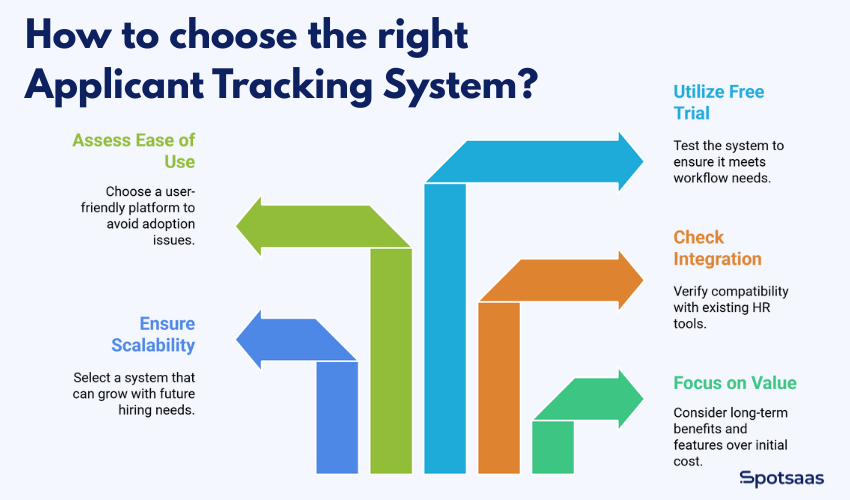
Focusing Only on Price, Not Value
Budget matters—but choosing an ATS just because it’s cheap can lead to hidden costs later. A low-priced tool may not include critical features like interview scheduling, analytics, or integrations. Over time, this can slow down your hiring process, force you to upgrade sooner than expected, or require third-party tools to fill the gaps.
What to do instead: Weigh the cost against what the platform can actually do for your hiring goals. Consider how much time and effort it saves your team.
Ignoring Scalability and Future Needs
Your hiring needs today might be very different from what they’ll be next year. Many teams choose a basic solution that works for a few roles but struggle once hiring ramps up or new departments get involved.
What to do instead: Think beyond your next hire. Look for an ATS that can grow with you—one that supports more roles, integrates with your HR tools, and allows for deeper workflows as your process matures.
Overlooking Integration Compatibility
Your ATS will be part of a larger tech stack—HRIS, calendars, email clients, video interview tools, and payroll systems. If it doesn’t integrate well, your team may end up duplicating work or manually transferring data.
What to do instead: Check whether the ATS integrates with the tools you already use (Google Workspace, Slack, Zoom, BambooHR, etc.). Integration helps your team work faster and keeps data in sync.
Underestimating the Learning Curve
An ATS that’s too complex can lead to poor adoption. If your recruiters, hiring managers, or interviewers find it difficult to use, they’ll revert to spreadsheets or Slack messages, and your investment will go to waste.
What to do instead: Look for platforms with clean interfaces, clear workflows, and minimal setup. User reviews and free trials can give you insight into how easy it is to onboard a team.
Skipping the Free Trial or Live Demo
Every ATS can look impressive in a feature list, but real-world use is where the differences show. Without testing the platform, it’s hard to know if it fits your workflow, supports your hiring team’s habits, or offers the flexibility you need.
What to do instead: Take advantage of a free trial or book a live demo. This helps you explore features hands-on and ask questions specific to your hiring process.
Conclusion
There’s no one-size-fits-all solution when it comes to choosing an ATS. What works perfectly for a startup might not suit an enterprise, and that’s okay. The right platform depends on how often you hire, how large your team is, and what features you actually need.
If you’re just getting started and need a simple, affordable solution, JazzHR or Breezy HR can help you stay organized without overcomplicating the process.
For fast-moving teams that need to post across job boards, collaborate internally, and automate repetitive tasks, Workable brings everything together in one clean dashboard.
If your hiring process involves multiple roles, departments, or compliance checks, Greenhouse and Lever offer the depth and flexibility to scale with your business. No matter where you are in your hiring journey, the goal is the same: find the best people, faster, and make the process as smooth as possible for everyone involved.
Frequently Asked Questions
What is an ATS, and how does it work?
An ATS helps streamline the hiring process by organizing job postings, applications, and team feedback in one place.
Can a small business benefit from using an ATS?
Yes, even small teams can save time and stay organized using a lightweight or free ATS.
Do all ATS platforms offer integration with other tools?
No, integration options vary—some offer extensive compatibility, while others are more limited.
Is it difficult to switch from spreadsheets to an ATS?
Most ATS platforms are easy to set up and offer tools to import your existing hiring data.
Which ATS is best for remote hiring?
Breezy HR and Workable are great options for remote teams with video interviews and collaborative features.


